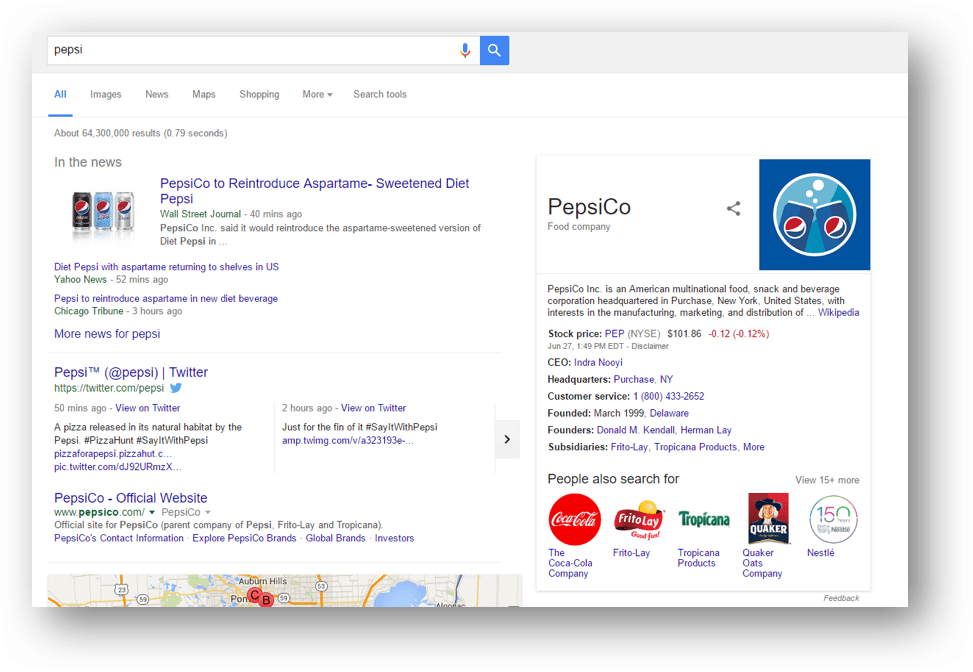Structured data is one of the newest pieces of the SEO puzzle, yet it seems there is some hesitation to incorporating it into an SEO strategy. Yes it’s code-based, and a lot of SEO’s don’t have access to the CMS or website code. And sometimes it can be a challenge to get web developers to implement. Even though these challenges arise, structured data is an essential SEO tactic. Here are several reasons SEOs must incorporate it into their SEO strategy… now.
What is Structured Data?
Structured data is on-page mark-up that enables search engines to better understand the information on a web page, and then use this information to display it on Search Engine Result Pages (SERPs) in creative ways.

There are three forms of structured data that work with HTML 5:
Schema.org is a community and website that provides agreed upon vocabulary for structured data tags. There are many items you can mark-up within a website but the most common items include:
Improve Response with Rich Snippets
Structured data sometimes will allow search engines to display the information that is marked-up in a creative way, producing “rich snippets” in the SERPs. Below is an example of a rich snippet appearing in search results for the query: apple pie recipes.
This result provides more details to the searcher, including a recipe rating on a 5 star scale, preparation time, and the number of calories per serving. All of this is valuable information that can improve engagement and Click-Through-Rate (CTR).

There have been many case studies conducted in which rich snippets have led to increased click through rates (CTRs) within the SERPs.
Improve Branded Search Results
Implementing structured data on a website’s home page has also been associated with the Google Knowledge Graph appearing for branded queries. The Knowledge Graph gives users a snapshot of information about a company or website providing a description of the company, phone numbers, hours of operation, stock price, etc.
- On desktop, the Knowledge Graph appears on the right side of the SERP
- On mobile, it appears within the results allowing companies to really “own the page”.
Example: Pepsi Desktop Knowledge Graph:

Example: Pepsi Mobile Knowledge Graph:

Will Google Add Structured Data to Their Ranking Algorithm?
In this article from Search Engine Land, Google’s very own John Mueller said that “over time, [structured markup] is something that might go into ranking as well.”
This is coming straight from the horse’s mouth. It may take time for Google to add structured data to its ranking algorithm, but I think SEO’s should jump on the bandwagon now in order to reap the benefits if/when Google does officially make it a part of the algorithm.
Remember, Google did warn us about their mobile search algorithm and if you listened and implemented early, you enjoyed the benefits!



